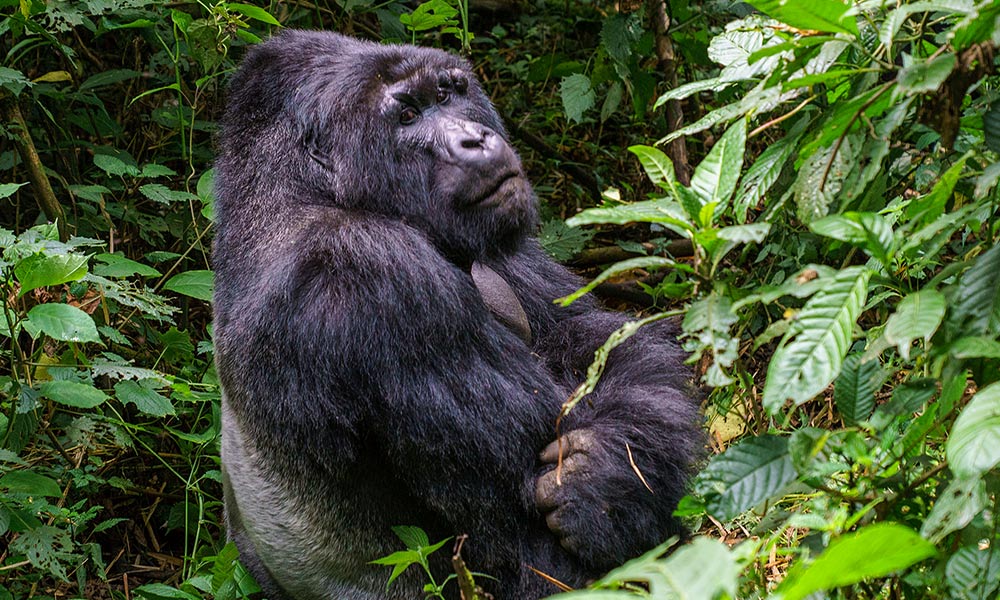Uganda has been on my list for ages, in reality I may say, since my childhood. It seems to be the perfect place for lost-in-nature and active holidays! It’s really a pace to have on your bucket list, its pretty interesting in terms of soft adventure vacations as well as lovely and friendly outdoor activities nature walks, hiking, white water rafting, chasing, and volcano watching, gorilla trekking in their natural habitat, walking in the footsteps of chimpanzees, and enjoying the African big game safaris in the African savanna .it simply has to be on every ones list! If I know what this inspiration African road trip means.
If you’re planning a self drive trip to Uganda on your own, this simple write up will help you to plan your Ugandan exclusive journey in more fashioned way and leisure friendly to navigate through Uganda as first time visitor, with a simple signage follow up too will give you some handy information on driving around Uganda .Believe me or not , Uganda is the perfect dreamy destination for an epic self-drive holiday in Africa.
Driving in Uganda/East Africa – A European perspective
I have just got back from a trip starting Kampala and visiting western and eastern parts of the country, before returning via lake Mburo national park
I thought I’d share a few thoughts on driving. Basically it was great. The roads were well maintained and signposted. First suggestion rent a 4×4 car for your journey as well as some few gadgets to ease your travel. Most 4×4 Uganda Rentals come with a Sat Nav (GPS) or Ugandan Road map. I don’t know how I would ever have found my way out without it! If you think of driving in Africa with the use of google map forget about it, roads in Africa are difficult to determine the driving time based on google maps, these steps would help you capturing the beauty of Uganda through my eyes.
Freeways seem to vary between two lanes and 5+ lanes. Speed limits vary from 50 to 80 mph. Traffic seems to stick pretty close to the limit +/- 5mph in city centers or major capital Kampala. Quite often we saw cars pulled over by Highway Patrol I guess for speeding. I generally its possible to set your mind on the speedometer since the cruise control don’t work, if you think of using google map in Africa forget about it since at or just keep the speedometer below the limit and this will allow you to have a relaxing drive on the road. On two lane roads better you stay over on the right. On multi lane roads stayed in the second or third lane from the right unless you intend to come off at the next intersection. True traffic overtakes on both sides, but once you get used to it that isn’t a problem. Unlike some motorways there are no regular service stations. Occasionally you come across a rest area which will have a rest room (toilet) but probably nowhere to eat or buy petrol (gas). Generally the signs for each exit give details of nearby eateries and petrol stations which you need to leave the freeway to visit. In Uganda we are used to trucks limited to speed you keep clear of them. On the freeways although there are signs restricting them to 55, the big rigs seem to travel as fast or faster than the cars. It is pretty scary being overtaken by a big rig and trailer doing 80+. Finally if you see a police car or breakdown truck on the shoulder slow down and move over a lane as the locals seem to do.
In town, the rule about turning right on a red light is quite sensible, only in big towns like Kampala and Kigali those are capital cities that’s the only places where you can find traffic lights just treat it like a give way sign. At night sometimes traffic lights are set to flashing red in all directions. This means stop and proceed with caution. Flashing yellow means slow down and proceed with caution.
You will come across junctions with stop signs on each road Here the rule seems to be that all cars stop, then whichever car arrives first sets off. This can be confusing.
Generally drivers in Uganda seem happy to follow a car which is sitting on the speed limit rather than overtake at the first opportunity as seems to happen back home and taxi drivers almost drive on bumper to bumper and its good to give them space.
To get petrol you pay in according to fuel needed and payment is done in local currencies but only on big fuel stations they accept visa cards. I used cash rather than racking up charges on my cards so got. (Petrol was around)
Most of my trip was on fairly quiet roads where other drivers seemed pretty laid back, but I did notice that the nearer I got to big cities the faster and more aggressive the driving seemed to become which pretty much fits in with my experiences back home.
To sum up, take your time, do as the locals do and enjoy the African experience on your Road Trip. And consider the speed limit rules, drive slowly “Hakuna Matata”in Africa












